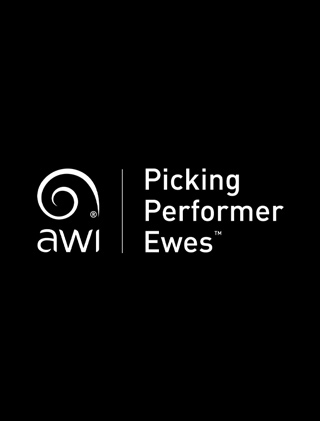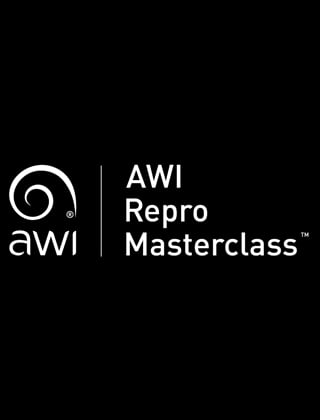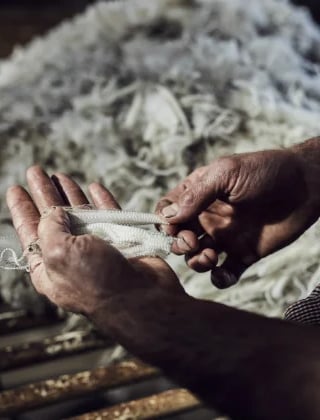Welcome to Australian Wool Innovation, a hub for the woolgrowers of Australia.
Not a woolgrower? Looking for information about wool products, wool care or wool processing?
The Woolmark Company is the global authority on wool. Visit Woolmark.com instead.
READERS PHOTOS!
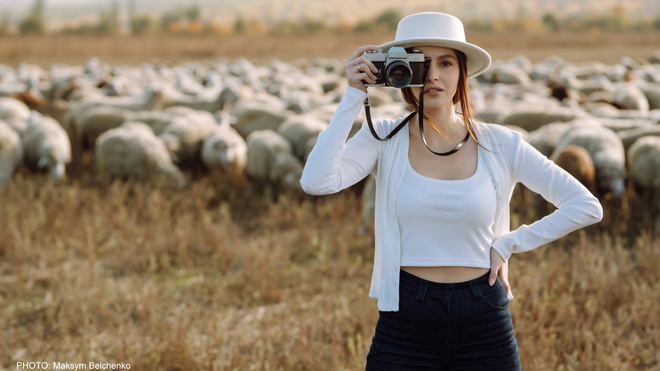
Have you got any interesting photos that you’d like to share with other readers of Beyond the Bale?
If so, please email the image and a brief description to the editor of Beyond the Bale Richard Smith at richard.smith@wool.com, or you can tag us #beyondthebale on Instagram.
If you email or tag a photo that gets published in Readers’ Photos, you’ll receive from us a paperback copy of the Kondinin Group’s The Story of Wool.
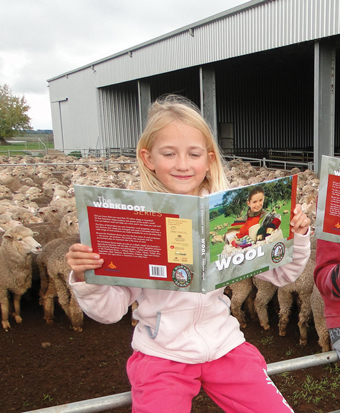
Quenching a thirst
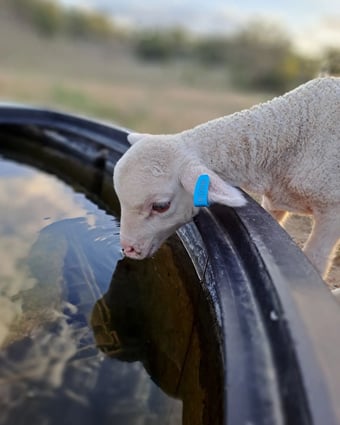
Imogen Turnbull (@ewe.beautie) shot this touching photo of a lamb taking a refreshing drink of fresh water on the family property at Michelago in the Monaro region of NSW.
A drink and a dribble
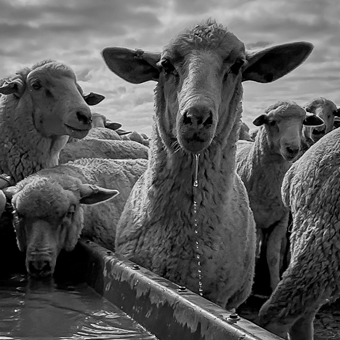
This great photo was shot by Andrew Snodgrass (@photos_by_snoddy) at Wallaroo, South Australia.
New suits from vintage wool stock
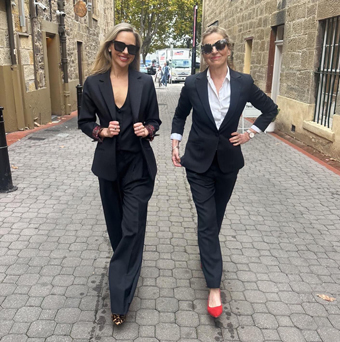
Holly and Nicola Mason of Smitten Merino modelling the brand’s debut collection of superfine Merino wool suits for women (blazer, pants, waistcoat and skirt), crafted in Tasmania from 40-year-old fabric! The genesis of these suits began when a farmer, who had lovingly stored and preserved the fabric for four decades, contacted Smitten after seeing the brand featured on the ABC TV series ‘Moving To The Country’. www.smittenmerino.com.au
Wool’s biodegradable benefits
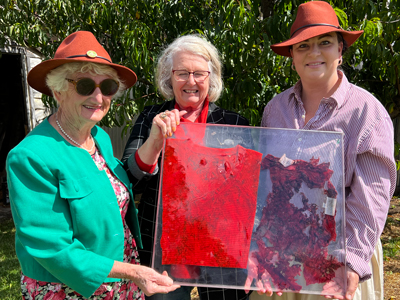
Superfine woolgrower Susan Rowbottom of ‘Rowensville’ at St Helens in south western Victoria (centre) with a new display of the two garments that she buried in soil for six months to demonstrate the biodegradability of wool. On the left-hand side is a polyester jumper that did not biodegrade at all; on the right-hand side is a pure wool jumper that significantly biodegraded. Pictured with Susan are fellow 2021 committee members of the Women on Farms gathering at Port Fairy, Lorraine Ermacora and Catherine Haldane.
This article appeared in the June 2024 edition of AWI’s Beyond the Bale magazine. Reproduction of the article is encouraged.






